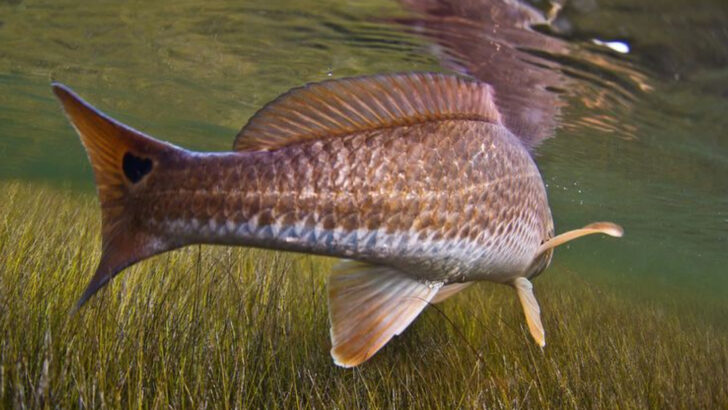Fish live in a world without roads, maps, or GPS, yet they navigate the vast, ever-changing waters with eerie precision. Whether darting through coral mazes, migrating thousands of miles, or returning to the exact stream where they were born, their built-in guidance systems put human technology to shame.
Some use the Earth’s magnetic field like a living compass. Others rely on the sun’s angle, the scent of distant waters, or even the electrical signals of the ocean itself. Sharks can detect tiny electric pulses from prey, while salmon memorize the chemical signature of their home rivers. Every species has its own secret to survival.
But that’s just the beginning. Fish communicate, form unlikely friendships, and some can even glow in the dark. The underwater world is packed with mysteries—let’s dive in and uncover 20 of the most surprising fish facts!
Fish Lateral Line
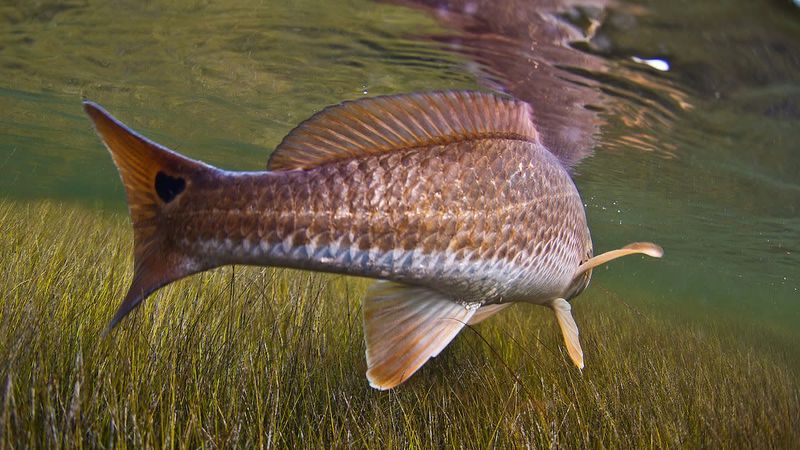
Fish possess a remarkable sensory organ known as the lateral line, which helps them detect vibrations and movements in the water. This line runs along the sides of their bodies, allowing them to sense changes in water pressure and navigate efficiently.
The lateral line is vital for schooling behavior, predator avoidance, and locating prey. It also aids in maintaining spatial awareness in complex environments like coral reefs. By detecting subtle water movements, fish can interpret their surroundings and make split-second decisions crucial for survival, exemplifying nature’s ingenious adaptations.
Magnetic Field Detection
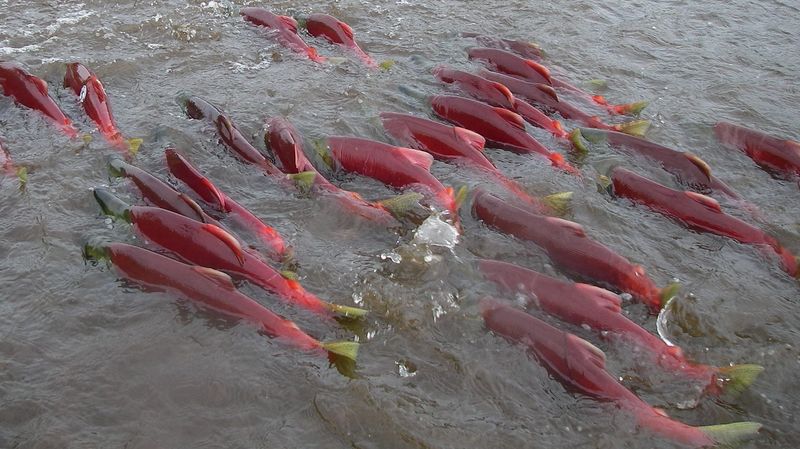
Many fish species can detect Earth’s magnetic fields, a sense called magnetoception. This ability helps them navigate long distances during migration, ensuring they reach breeding or feeding grounds successfully.
Some research suggests that tiny iron particles in fish cells may facilitate this detection. Magnetoception is especially important for species like salmon and tuna, which travel vast oceanic expanses. Understanding this magnetic perception assists scientists in comprehending fish migration patterns and resilience.
As fish traverse familiar and unfamiliar waters, their innate compass guides them with precision and purpose.
Electroreception in Fish

Electroreception is a fascinating adaptation some fish possess, allowing them to detect electrical fields in their environment. Sharks and rays are well-known for this ability, using it to locate prey buried beneath the sand.
This sense enhances their hunting precision, especially in low visibility conditions. By picking up electrical signals from muscle contractions or heartbeats, these predators effectively target hidden prey. Electroreception also plays a role in navigation, helping fish sense the presence of obstacles or other fish in their path, ensuring seamless movement in their aquatic world.
Fish Vision and Light
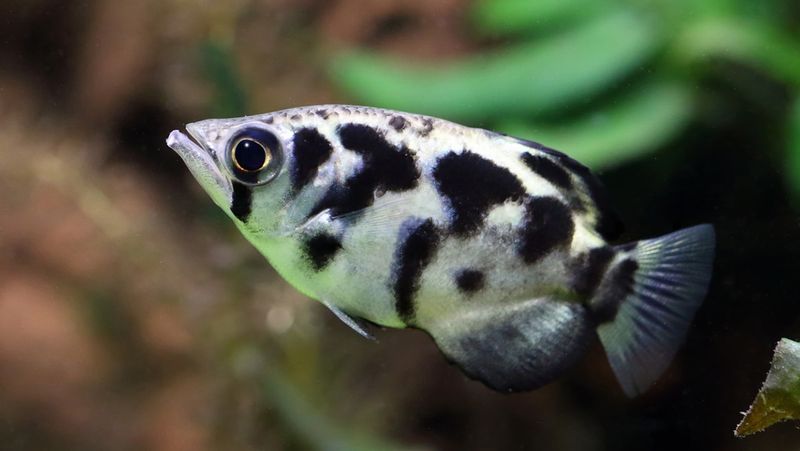
Fish vision is adapted to the underwater light environment, with many species capable of seeing ultraviolet or polarized light. These abilities assist in locating food, identifying mates, and avoiding predators.
Fish eyes have evolved to maximize light absorption, allowing them to thrive in various depths and lighting conditions. Some deep-sea species possess bioluminescent organs, providing light in the dark abyss.
The diversity of fish vision underscores the adaptability and specialization of aquatic life, showcasing evolution’s role in equipping creatures for survival in diverse habitats.
Sonar and Echolocation
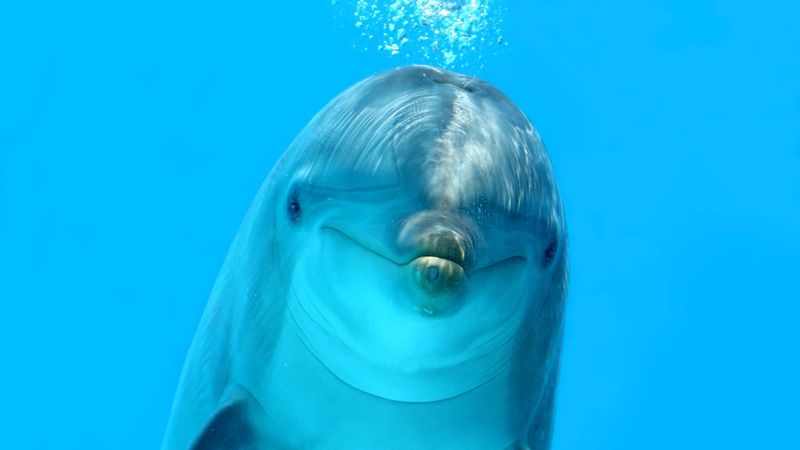
While often associated with marine mammals, some fish also utilize sonar-like abilities to navigate and communicate. This involves emitting sound waves and interpreting the echoes that return, providing a map of their surroundings.
This technique enables fish to detect objects, other fish, and potential threats even in murky waters. Sonar is particularly useful in environments where visibility is limited, supporting fish in finding food and avoiding danger.
The ability to utilize sound for navigation exemplifies the diverse sensory tools fish employ to thrive underwater.
Schooling Behavior
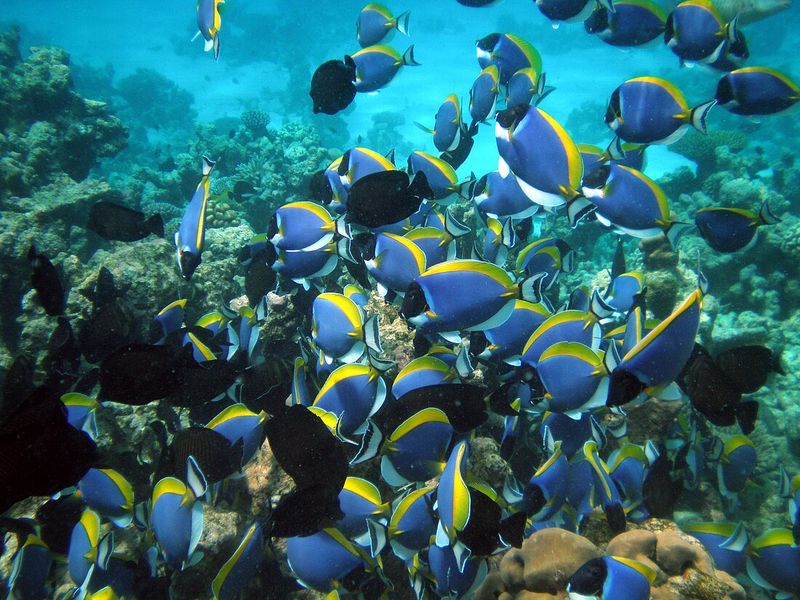
Schooling behavior in fish is a mesmerizing sight, with individuals moving in harmony as a single entity. This collective movement provides safety from predators, as the confusion and sheer number deter attacks.
Fish in schools benefit from shared information, such as food sources and threats, enhancing survival rates. The synchronized swimming is achieved through close communication and the ability to react swiftly to the movements of neighboring fish.
This behavior exemplifies social cooperation in the animal kingdom, showcasing the advantages of unity and collective action.
Use of Smell in Fish
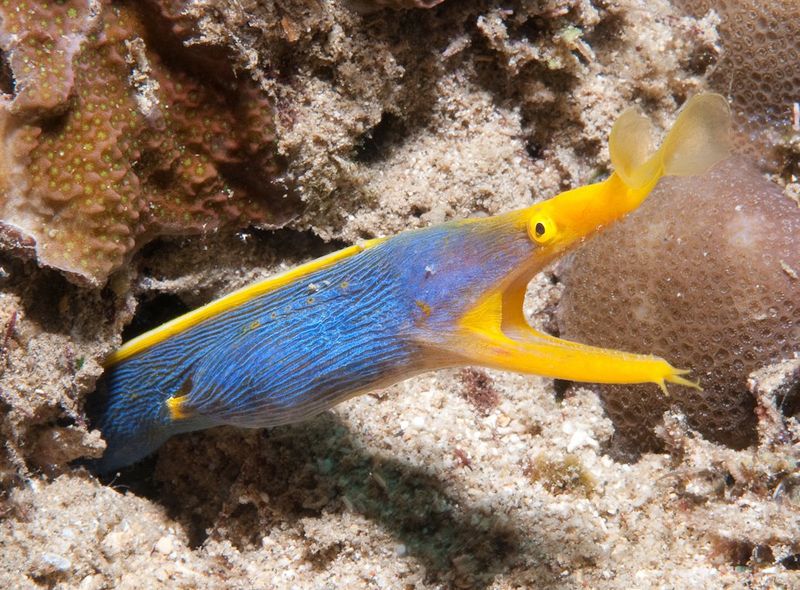
Fish rely heavily on their sense of smell to navigate, find food, and locate mates. Specialized olfactory organs enable them to detect scents over impressive distances, even in vast oceanic environments.
Salmon famously use smell to return to their natal streams for spawning. The ability to follow chemical cues helps fish identify food sources and avoid dangers lurking in the waters.
Fish olfaction demonstrates a remarkable adaptation to aquatic life, enhancing their ability to interact with their environment and species survival.
Fish Coloration and Patterns
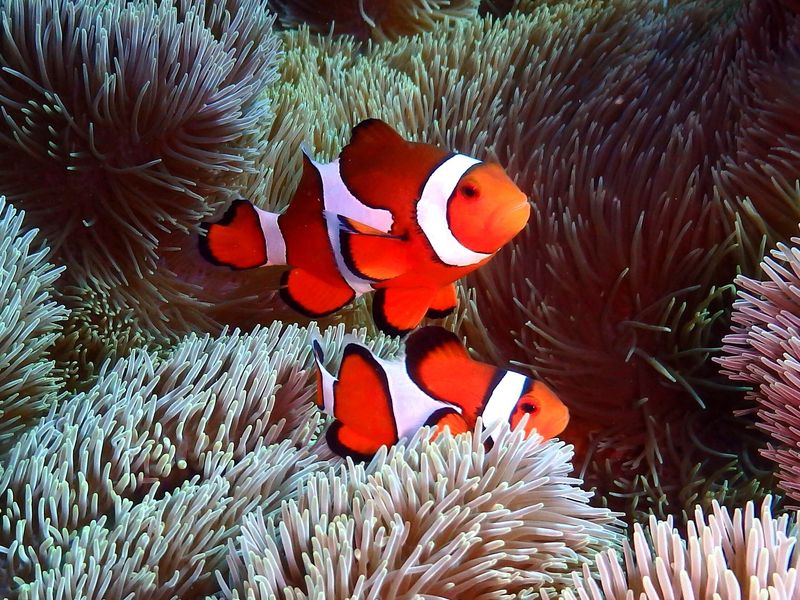
Fish coloration and patterns play significant roles in communication, camouflage, and mate attraction. Bright colors can signal toxicity or serve as warnings to predators.
Conversely, some fish use coloration to blend seamlessly with their surroundings, avoiding detection. Patterns can also aid in species recognition and sexual selection, with elaborate displays attracting potential mates.
The vibrant diversity of fish coloration showcases the interplay between evolution and environment, illustrating how visual cues are harnessed for survival and reproduction in the aquatic realm.
Fish Sound Production
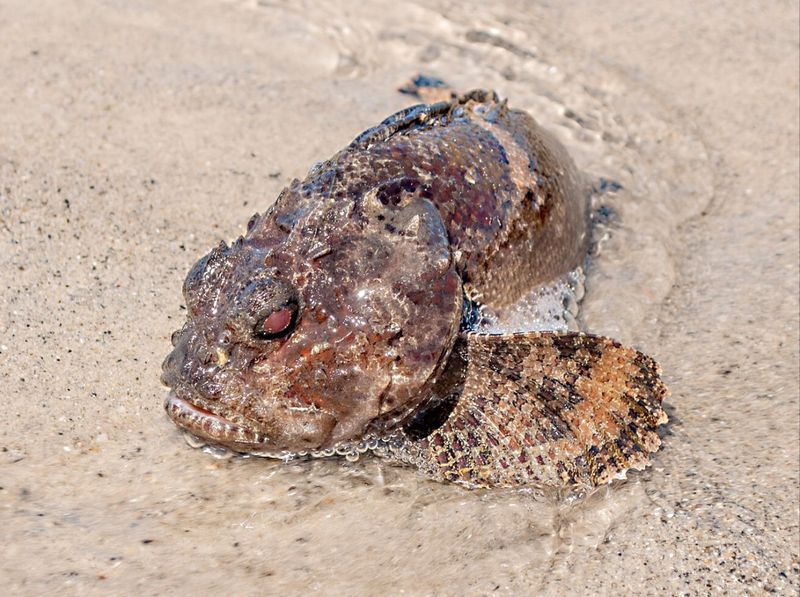
Many fish produce sounds to communicate, using methods like drumming muscles or grinding teeth. These sounds convey information about territory, mating, or alarms.
Sound production in fish is a crucial communication tool, particularly in turbid waters where visibility is low. By emitting distinctive sounds, fish can maintain social hierarchies, coordinate group activities, and ward off threats.
This auditory adaptation enriches the social fabric within aquatic communities, highlighting the inventive ways fish interact and navigate their underwater worlds.
Influence of Water Currents
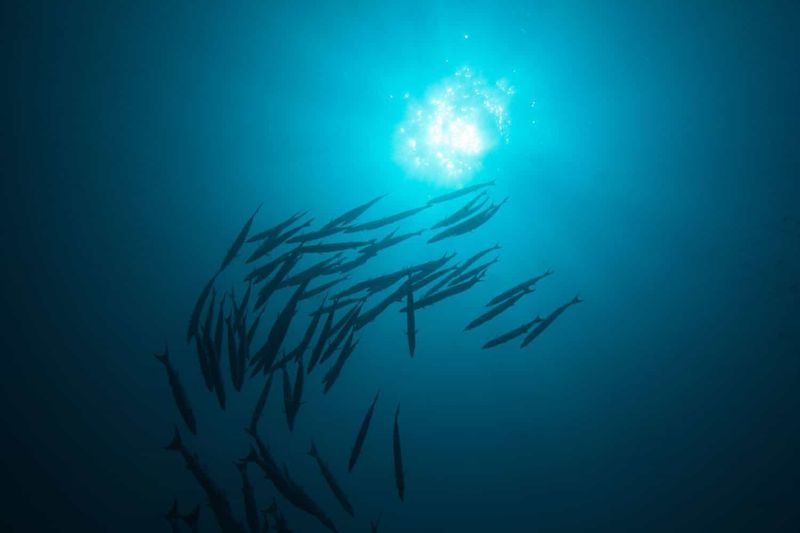
Water currents significantly impact fish navigation and movement. Fish often use these currents to conserve energy while traveling long distances, allowing them to cover vast areas efficiently.
Some species time their migrations to coincide with favorable currents, enhancing their travel efficiency. By understanding current patterns, fish optimize their routes to reach feeding or breeding grounds.
The relationship between fish and water currents illustrates the dynamic interplay between marine life and its environment, showcasing the strategic planning involved in aquatic navigation.
Fish Breathing and Buoyancy
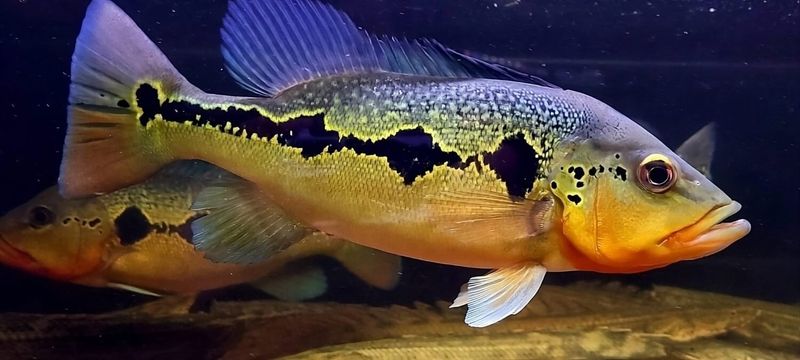
Fish respiration and buoyancy control are vital for effective navigation. Gills allow fish to extract oxygen from water, supporting long-distance swimming and active lifestyles.
Buoyancy control, through swim bladders or other adaptations, enables fish to maintain depth without expending unnecessary energy. This balance is crucial for feeding, avoiding predators, and migration.
Mastering these physiological processes demonstrates the complexity of fish adaptations, ensuring their survival across diverse aquatic habitats and conditions.
Fish Territoriality
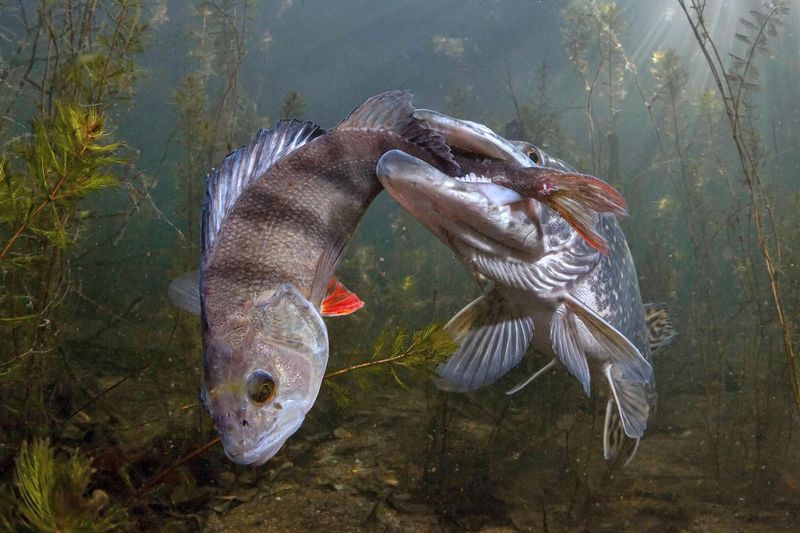
Territoriality in fish involves defending specific areas for feeding, mating, or shelter. Many species establish territories to secure resources and maintain social hierarchies.
Fish use displays, vocalizations, or aggression to deter intruders, with territory size varying by species and habitat. Territorial behavior ensures access to vital resources and influences population dynamics.
This behavior highlights the competitive and social aspects of fish life, illustrating the strategies employed to thrive in complex aquatic communities.
Fish Reproductive Strategies
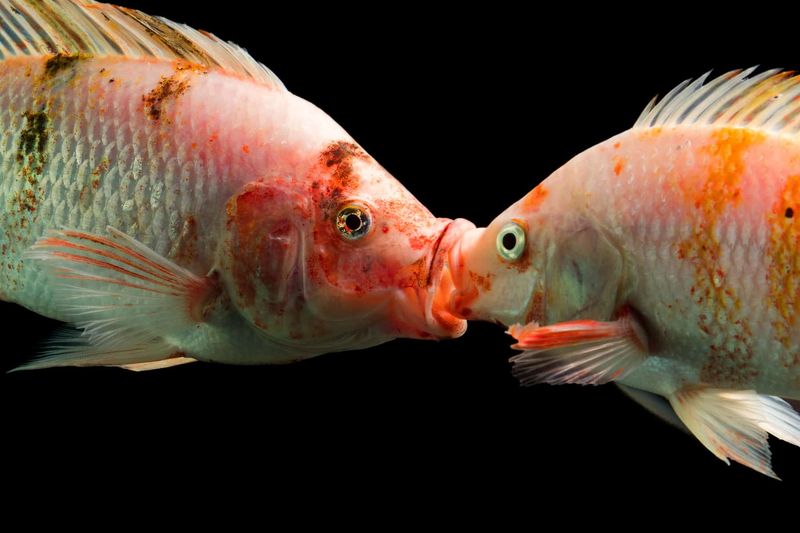
Fish exhibit diverse reproductive strategies, from mouthbrooding to elaborate mating dances. These tactics ensure successful reproduction and species continuation.
Some species lay thousands of eggs, while others invest in parental care for fewer offspring. The variety of strategies reflects ecological pressures and environmental conditions.
Understanding these reproductive approaches provides insight into fish biology, emphasizing the importance of adaptation in ensuring survival and genetic diversity in aquatic ecosystems.
Fish Migration Patterns
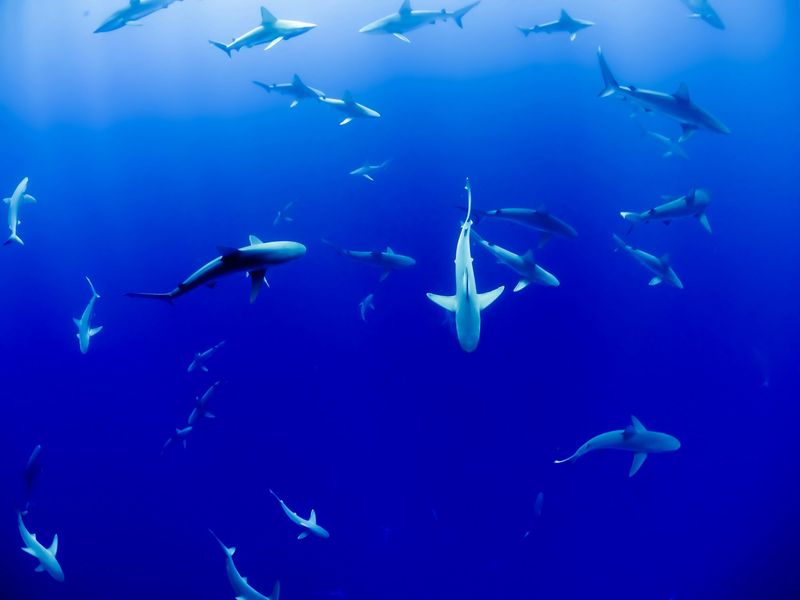
Fish migration is a complex behavior driven by breeding, feeding, or environmental changes. Species like salmon undertake epic journeys, returning to natal streams to spawn.
Migration ensures resource availability and genetic exchange, with fish often using environmental cues like temperature or magnetic fields to guide their paths.
Studying these patterns aids conservation efforts and highlights the resilience and adaptability of fish populations, illuminating the intricate connections between fish and their habitats.
Fish Communication through Body Language
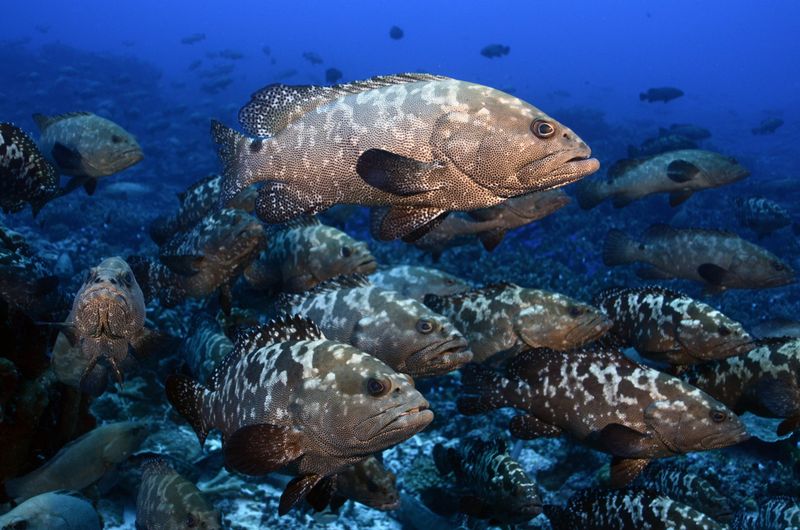
Fish communicate not only through sounds but also via body language. Movements like fin displays, color changes, or body postures convey messages among fish.
These non-verbal cues play roles in mating, aggression, or establishing social hierarchies. Understanding body language enriches our knowledge of fish social structures and interactions.
This communication form illustrates the multifaceted ways fish convey information, emphasizing the complexity and richness of underwater life.
Fish Adaptations to Extreme Environments
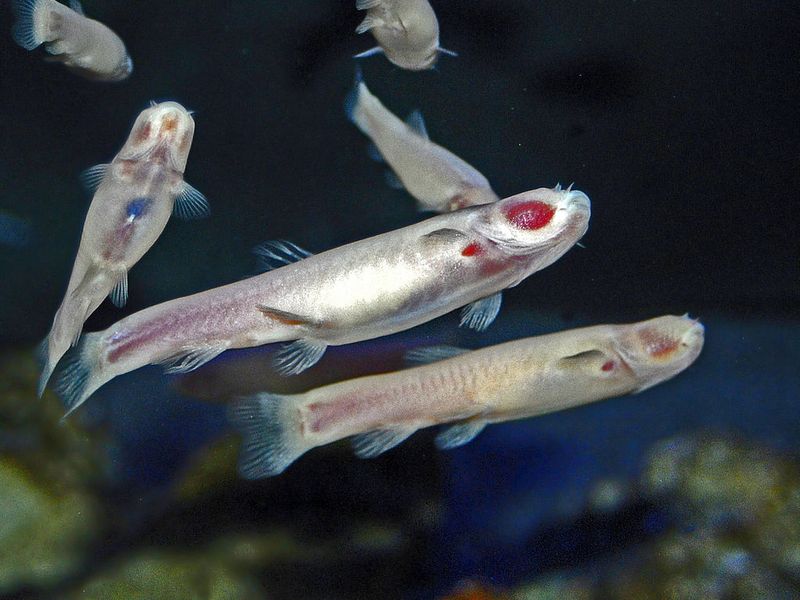
Fish exhibit remarkable adaptations that allow them to thrive in extreme environments like deep-sea trenches or icy arctic waters. Specialized physiology enables survival under high pressure, low temperatures, or darkness.
These adaptations include antifreeze proteins, bioluminescent organs, or unique buoyancy mechanisms. Studying these extreme adaptations offers insights into evolutionary biology and resilience.
The ability of fish to inhabit such varied environments highlights the ingenuity and versatility of aquatic life, expanding our understanding of life’s potential in challenging conditions.
Fish Feeding Mechanisms
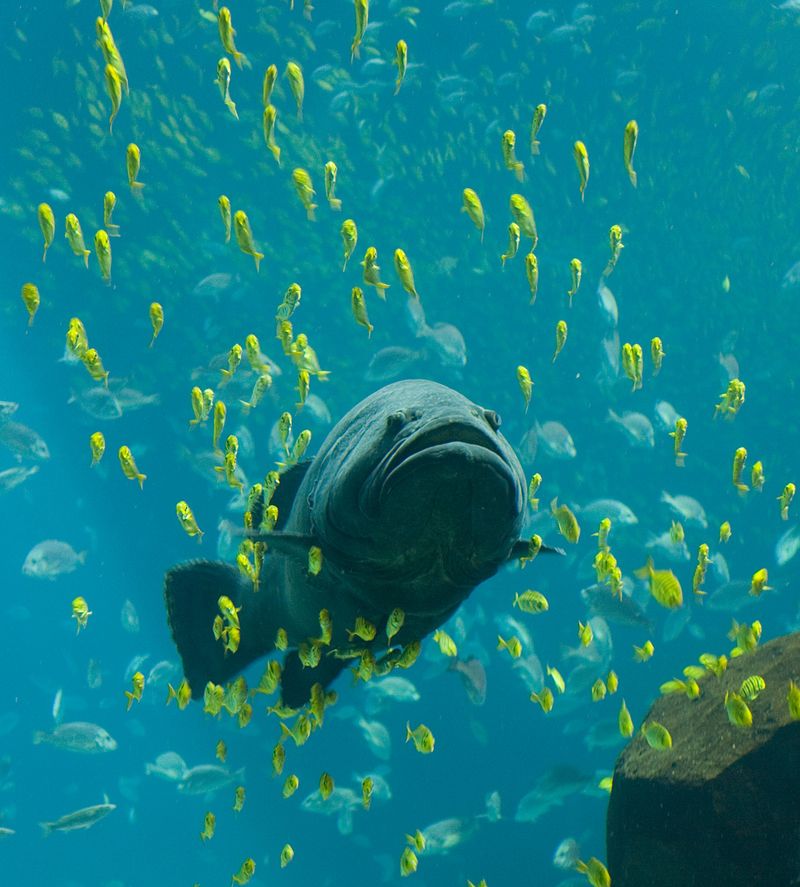
Fish employ diverse feeding mechanisms, ranging from filter feeding to ambush predation. These strategies reflect their ecological roles and dietary needs.
Some fish have specialized mouthparts to extract nutrients, while others rely on speed or stealth to capture prey. The variety of feeding adaptations demonstrates the ecological niches fish occupy.
Exploring these mechanisms enhances our understanding of aquatic food webs, emphasizing the intricate balance and interdependence of marine ecosystems.
Fish Role in Ecosystems
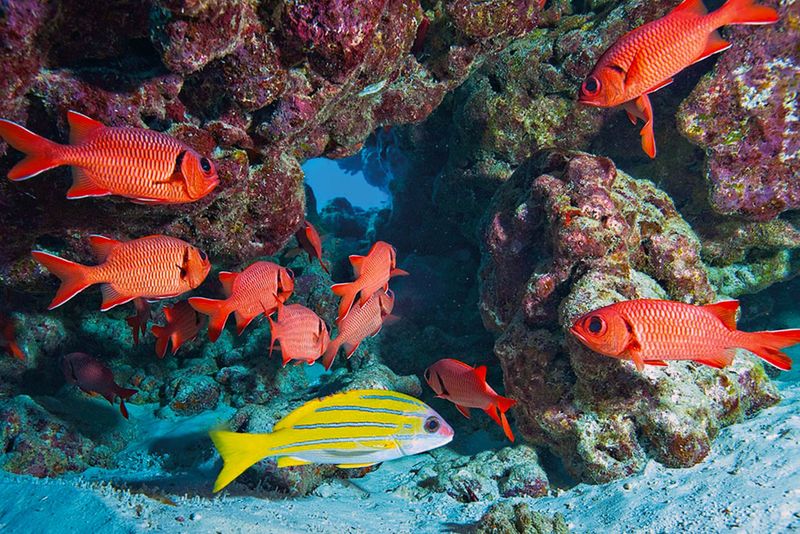
Fish play vital roles in aquatic ecosystems, contributing to biodiversity and ecological balance. As predators, prey, or scavengers, they influence population dynamics and nutrient cycling.
Their activities impact habitat structure, such as coral reefs, promoting resilience and diversity. Understanding fish roles aids conservation efforts and ecosystem management.
The interconnectedness of fish and ecosystems underscores their importance to environmental health and the need for sustainable practices to preserve marine biodiversity.
Symbiotic Relationships in Fish
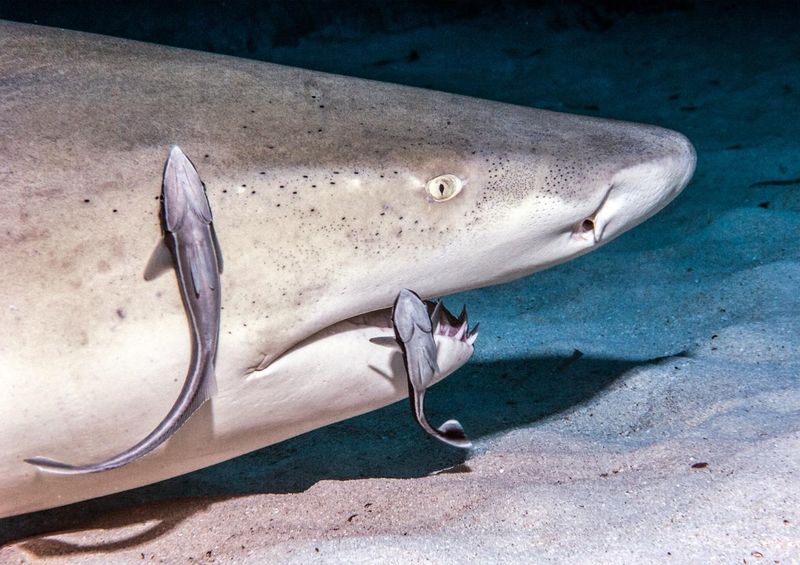
Fish form symbiotic relationships, benefiting both themselves and other organisms. Cleaner fish, for example, remove parasites from larger fish, gaining food and protection.
These interactions enhance health and survival, illustrating cooperation in marine ecosystems. Symbiosis contributes to ecosystem balance and biodiversity.
Studying these relationships reveals the complex networks of cooperation and competition in nature, highlighting the sophisticated ways fish and other marine organisms interact and benefit each other.
Fish Intelligence and Learning
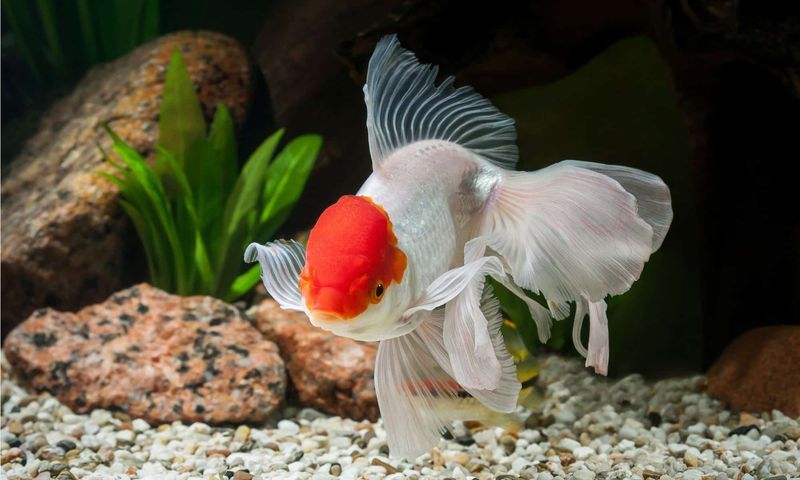
Fish exhibit intelligence and learning capabilities, challenging the notion of simple aquatic beings. They can solve problems, recognize individuals, and even engage in social learning.
Studies show fish can remember locations, learn from peers, and adapt to changing environments. This cognitive ability highlights their evolutionary success and adaptability.
Understanding fish intelligence enriches our perspective on animal cognition, emphasizing the underestimated complexity of these fascinating creatures.

